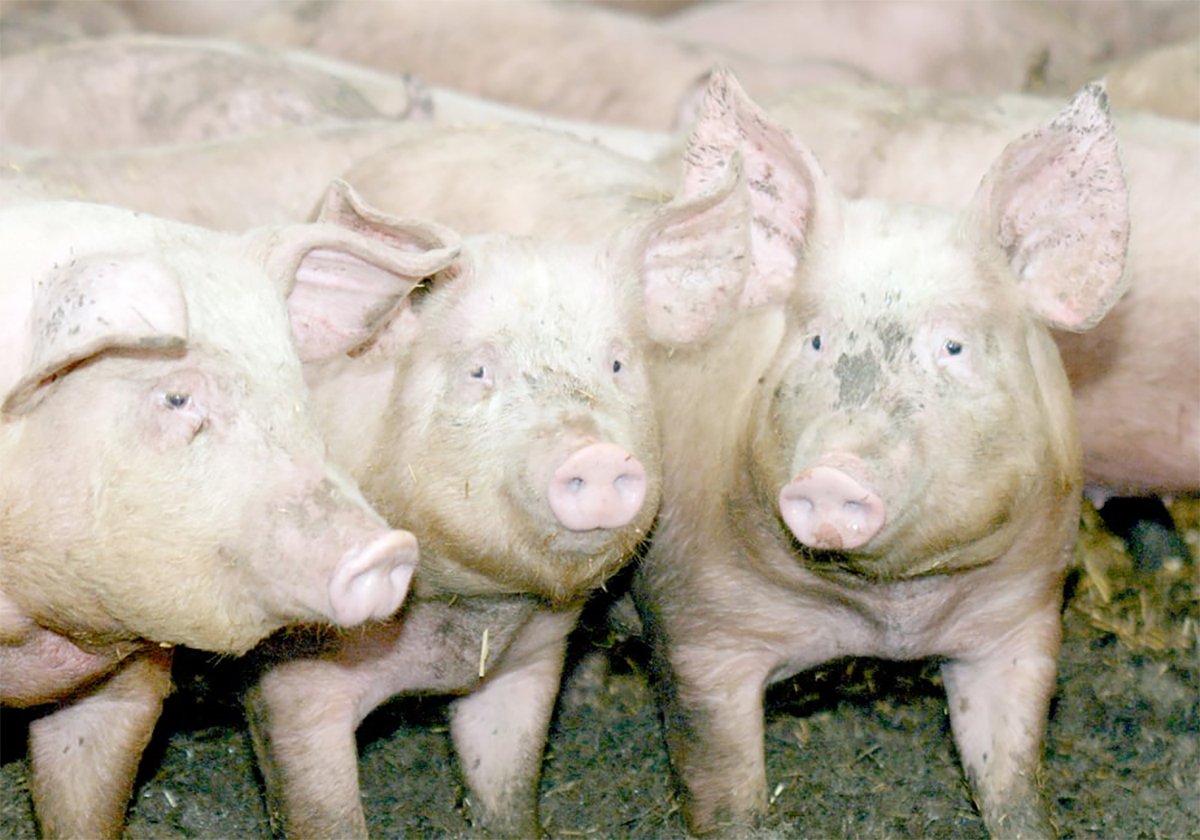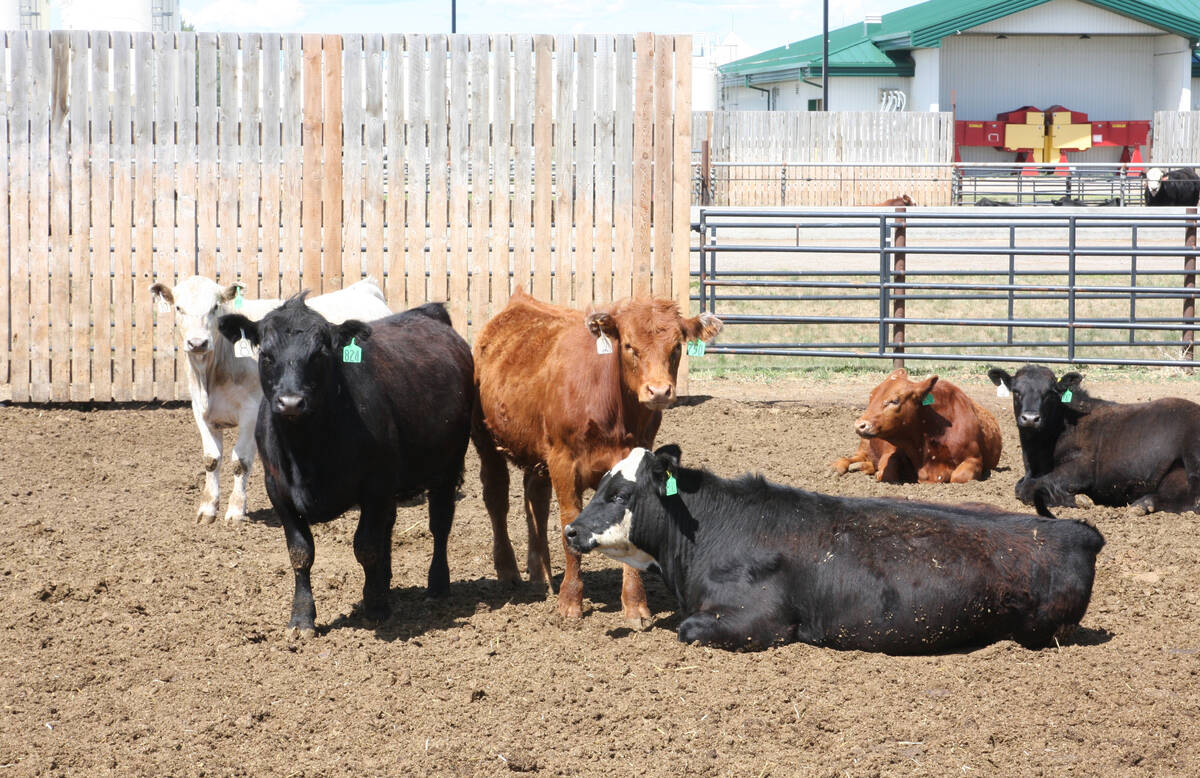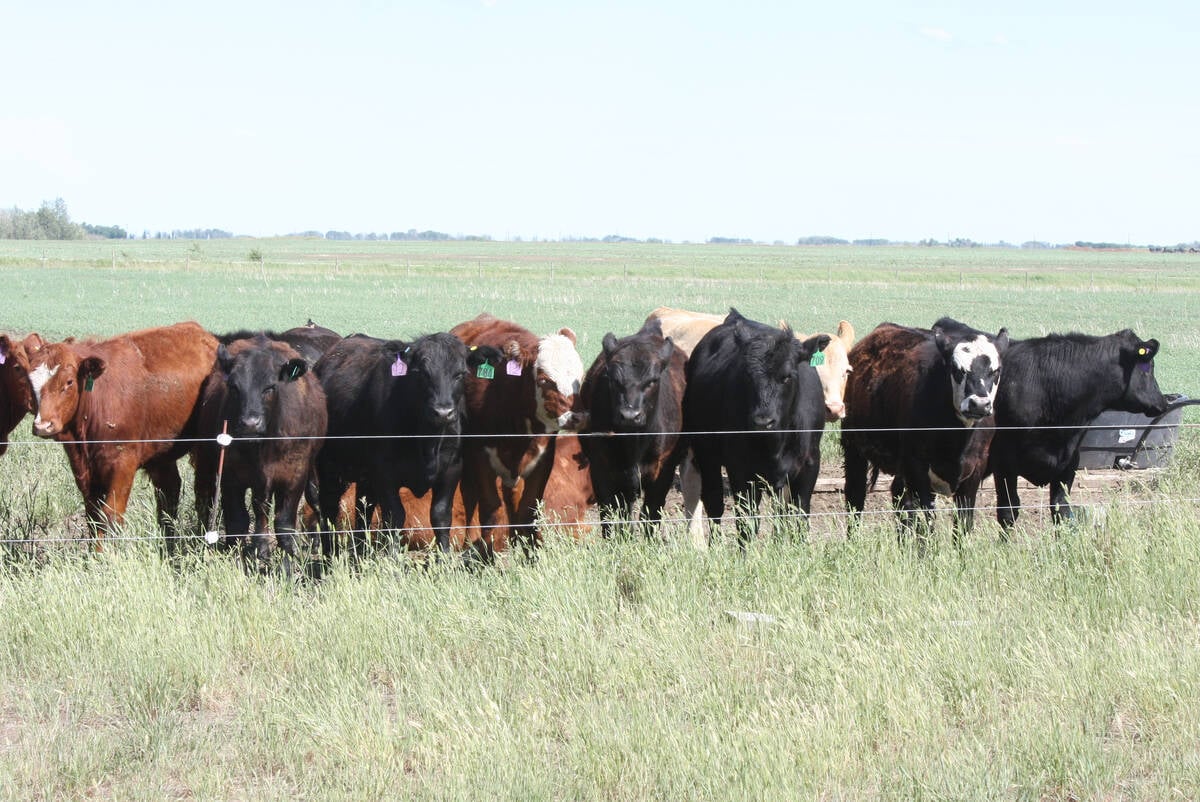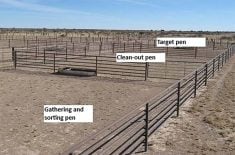This summer, several new U.S. states have reported the presence of Asian long-horned ticks in cattle herds.
Iowa and Michigan are the two latest states to report cattle infested with this invasive tick species, which brings the total to approximately 23 states where the tick has been identified.
Asian long-horned ticks were originally a native species of eastern Asia, but they have spread to other countries around the world, primarily through animal movement and animal importation.
Read Also

The Western Producer Livestock Report – October 2, 2025
Western Producer Livestock Report for October 2, 2025. See U.S. & Canadian hog prices, Canadian bison & lamb market data and sale insight.
The tick was first identified in North America on cattle in Virginia in 2017, but it has been identified on imported horses in California and other imported animals prior to that occurrence. It probably has been in North America since at least 2010.
The concern for cattle producers is that this tick species can carry a microscopic single-celled parasite called Theileria orientalis ikeda and transmit it to cattle, causing a disease known as Theileriosis.
The Theileria parasite is introduced into cattle by the tick when it takes a blood meal. It eventually infects the white and red blood cells of the cattle, resulting in the destruction of red blood cells and causing severe anemia.
This is very similar pathway to another tick-borne disease that has been seen occasionally in Canada called anaplasmosis. However, unlike anaplasmosis, this clinical disease can also affect young calves as well as adults.
Theilerosis has been well documented in cattle in New Zealand and Australia, where the long-horned tick has also been identified.
Cattle infected with the Theileria parasite often have signs of anemia, including weakness and stumbling. They are often very lethargic and may breathe rapidly and have a fever.
When examined, their mucous membranes are often pale.
Late-term abortion has also been seen in infected cattle.
The percentage of clinically affected cattle that go on to die has ranged from 14 to 22 per cent in New Zealand, but this seems to be higher than reported in the handful of cases that have been identified in the United States.
It appears the animals most likely to have clinical disease are young calves, as well as cows or heifers in late gestation and early lactation.
No effective treatments are available for the disease, other than minimizing stress and attempting to limit the anemia via blood transfusions and iron injections.
Once cows are infected, even if they recover from the disease, they will be infected with this microscopic parasite for life. However, it is very rare that they will have a relapse of clinical disease.
These infected cows can potentially pass the parasite on to their calf during gestation, but this seems to only occur in about 10 per cent of pregnancies.
Sucking lice may also be able to transfer the infection from carrier animals to other cattle.
In Virginia, they sampled cattle at livestock markets across the state in 2018-20 and found 8.7 per cent of the cattle were positive for the parasite Theileria orientalis ikeda.
It’s important to understand that the main way this disease is transmitted is via the long-horned tick.
It is an intermittent feeder, which tends to feed, then drop off the animal and feed on another animal, making them better at transmitting the disease to other animals.

The tick is also very prolific. One female tick can lay up to 1000 to 2,000 eggs, and the ticks tend to live in large concentrations in infected areas.
It can be carried by a wide number of animal hosts, such as dogs and horses, as well as wildlife such as white-tailed deer and migratory birds.
Will this tick make it to Canada? It seems quite possible with how quickly it has spread through the U.S.
We may be somewhat protected on the Prairies by our arid and colder climate, but parts of southern Manitoba, southern Ontario, the Maritimes and coastal British Columbia have very suitable climates for this tick species.
The main ways to prevent these tick infections include insecticidal ear tags and topical insecticides such as ivermectin.
Preventing Theileria introduction into a herd is primarily by making sure you have a good biosecurity program and don’t introduce animals that are infected with the microscopic parasite.
This invasive tick species and the parasitic disease that it carries is another good example of why we need to continue to support animal disease surveillance in our industry. It’s important to be aware of emerging threats that could impact the health of our cattle population.

















